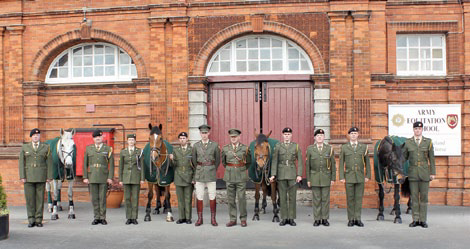Published in An Cosantóir on May 1, 2011.
By Sgt Wayne Fitzgerald – Photos by Airman Greg Dorney
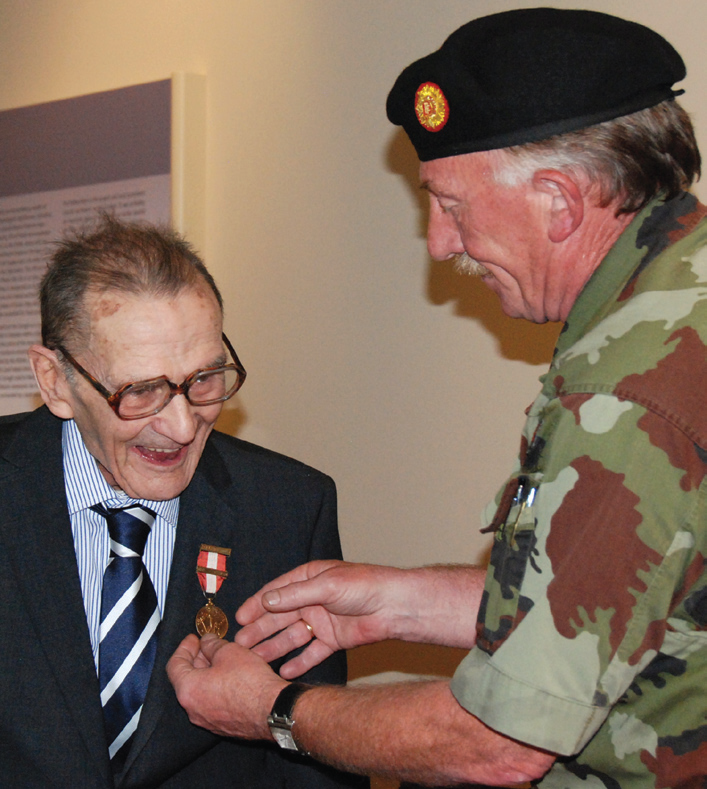
Dinny finally receives his Emergency Medal (65 years late) from Col John Courtney (EO DFTC)
Dinny McGuinness was born at Newtown Park, Blackrock in 1914. His parents Abraham and Alice had eight children, six of whom survived (four boys and two girls: Dinny, Abby, Billy, Owen (aka Mick) and Alice and Olive). Dinny’s father served in the Royal Dublin Fusiliers in World War One and the effects of shellshock contributed to his death at the early age of 41.
When the Spanish Civil War broke out in 1936, Cardinal McRory and the Catholic Church supported the Nationalist cause and General Eoin O’Duffy recruited an Irish brigade to serve in Spain. Of the 7,000 interviewed 700 were chosen for the new unit and 200 of these made their way to Spain in small groups. The remaining 500, including Dinny McGuinness, boarded a German ship at Galway in November 1936 and sailed for El Ferrol in north-western Spain.
On 19 February 1937 the Irish unit was deployed to the Jarama battle area but when approaching the front line they were hit by ‘friendly fire’ from a newly formed, allied Falangist unit from the Canary Islands. In an hour-long exchange of fire four Irish and 13 Canarians were killed.
In a later offensive action against the village of Titulcia two more members of the unit were killed before the unit was placed in defensive positions at nearby La Maranosa. The brigade was demobilised in June 1937 and returned to Dublin where Dinny found work as a handyman for the Mother Mary Martin African Mission Society.
In 1939 Dinny returned to military life when he joined the 43rd Battalion of the Local Defence Force (LDF), which trained in Blackrock College and guarded the ammunition in the old police station. In that year Dinny also got married to Rita McGlynn, with whom he would have 10 children. (Rita’s brother Peter served as a company sergeant with 3 Inf Bn). Dinny served with the LDF throughout the Emergency except for a five-month spell when he worked in a munitions factory in Liverpool.
After the Emergency Dinny spent much of his working life with Petree’s Modern Display, Dublin, which produced signs and displays.
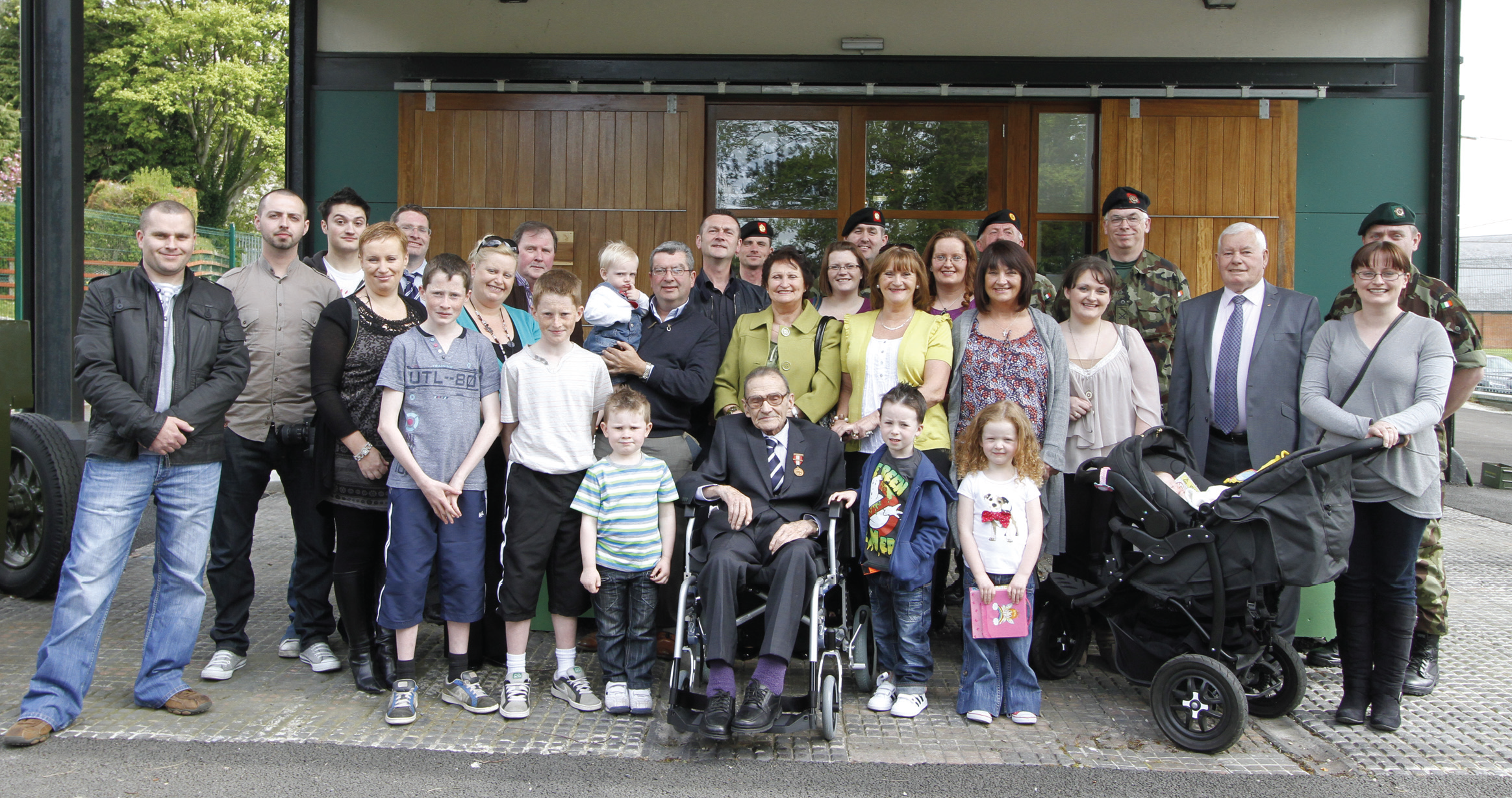
Dinny with his extended family and members of the Defence Forces outside the Military Museum at the Curragh Camp
Dinny is now aged 97 years and has 18 grandchildren and 19 great-grandchildren, with number 20 due to arrive shortly. Some of Dinny’s grandchildren have taken a great interest in his service during the Spanish Civil War. His granddaughter Niamh has completed a thesis based on his experiences in Spain, and another granddaughter, Linda, has produced a video of Dinny speaking about his experiences during that conflict.
After a family member contacted the Defence Forces to tell them that Dinny had never received the Emergency medal, a special medal presentation ceremony was planned for Dinny at the newly opened Curragh Military Museum.
When Dinny arrived I asked him if he had received any medal for his time in the Spanish Civil War and he said to me: ‘No, and what’s more I received no medal for the time I spent in the LDF during the Emergency either!’
Of course, he knew well that oversight was about to be rectified, even though it was 65 years late. The ceremony was hosted by the museum’s director Comdt Moore and Dinny was presented with his medal by Col John Courtney (EO DFTC).

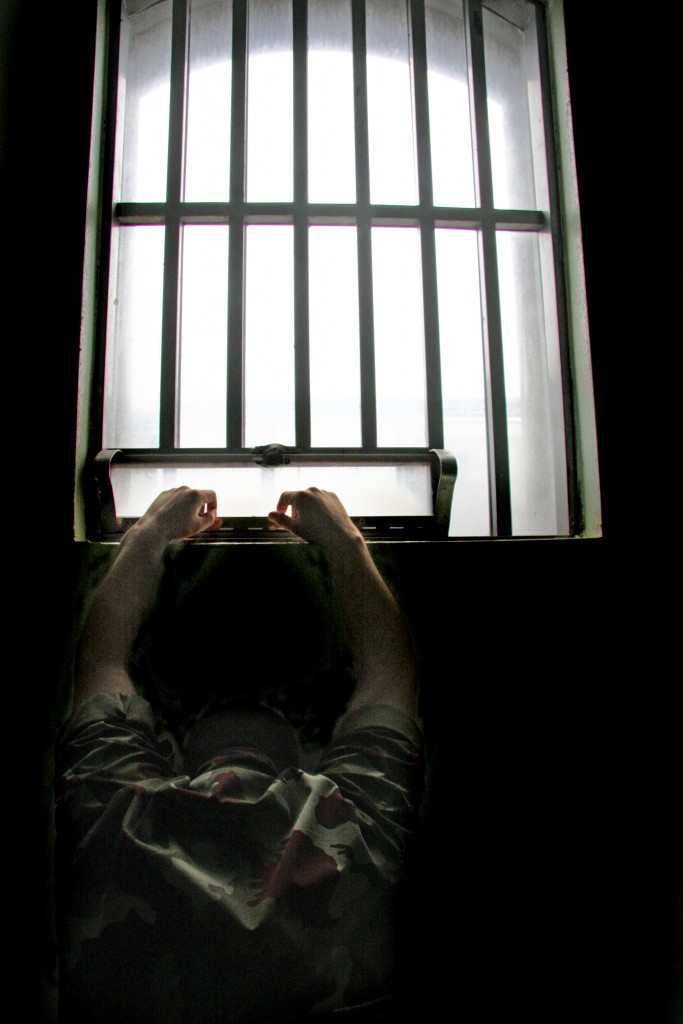 Recently the
Recently the 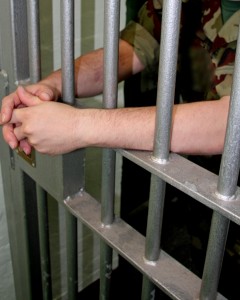 The next item on the programme is military discipline again this time in the form of ‘Foot Drill’. Conducted in the exercise yard with its high dull grey walls and its daunting confined presence, where sometimes even sunlight would need a lift to shine in. Foot Drill not being a favourite pastime for many a soldier I’m sure then the allotted 3-hours per day of it would wear the best of us down.
The next item on the programme is military discipline again this time in the form of ‘Foot Drill’. Conducted in the exercise yard with its high dull grey walls and its daunting confined presence, where sometimes even sunlight would need a lift to shine in. Foot Drill not being a favourite pastime for many a soldier I’m sure then the allotted 3-hours per day of it would wear the best of us down.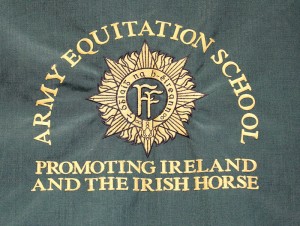
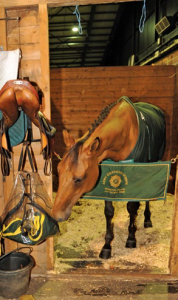 The Equitation School have run two grooms courses of six weeks duration this year so far. The course climaxed with the students completing a general test (GT), a riding test and a lunging test – lunging is walking the horse around in a circle which exercises a particular side of the animal. Students are assigned two horses, one to ride and one for lunging; everything is taken into consideration when being assigned a horse, like injuries and size. Then the Grooms had to present themselves and their respective horse for a Commanding Officers (COs) Inspection – which includes getting the horses hair plaited and making sure the Tack i.e. Saddle and Bridle are in pristine condition and that’s before they get their own No1 Uniforms ready.
The Equitation School have run two grooms courses of six weeks duration this year so far. The course climaxed with the students completing a general test (GT), a riding test and a lunging test – lunging is walking the horse around in a circle which exercises a particular side of the animal. Students are assigned two horses, one to ride and one for lunging; everything is taken into consideration when being assigned a horse, like injuries and size. Then the Grooms had to present themselves and their respective horse for a Commanding Officers (COs) Inspection – which includes getting the horses hair plaited and making sure the Tack i.e. Saddle and Bridle are in pristine condition and that’s before they get their own No1 Uniforms ready.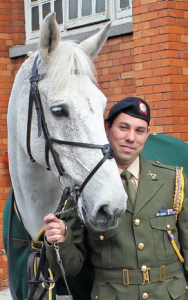 1st GROOMS COURSE (13/02/12 TO 24/03/12)
1st GROOMS COURSE (13/02/12 TO 24/03/12)